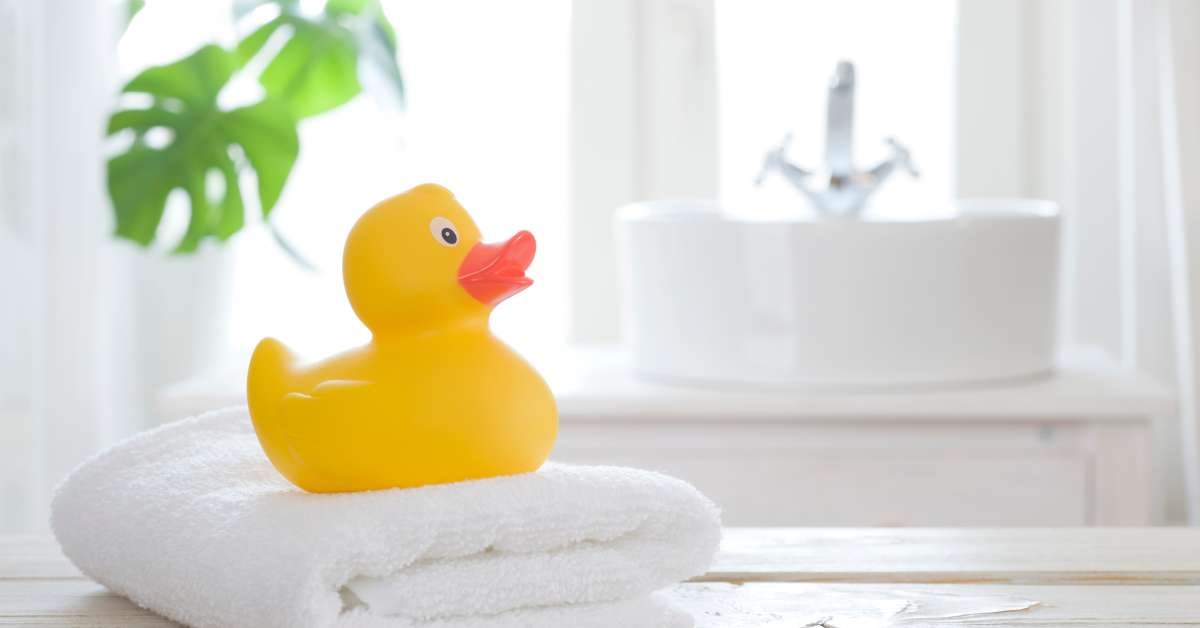
Designing a children's bathroom is an essential consideration for families looking to create a functional and enjoyable space for their little ones. A thoughtfully designed bathroom not only accommodates the specific needs of children but also promotes independence, hygiene, and safety. By incorporating playful elements alongside practical features, parents can foster an environment where children feel comfortable and confident in their daily routines.
Moreover, the importance of a well-designed children's bathroom extends beyond mere aesthetics. It serves as a critical space for teaching children about personal care and responsibility. Parents can create a vibrant setting that encourages good habits, making tasks like brushing teeth or taking baths feel less like chores and more like enjoyable activities. Read on to discover helpful tips and tricks for designing a children's bathroom.
Safety Considerations
When designing a children's bathroom, safety should be the foremost priority. First, ensuring that all surfaces are slip-resistant is crucial. You can accomplish this by selecting textured tiles or installing rubber mats in areas where water is likely to accumulate, thereby reducing the risk of falls. Additionally, it's essential to keep the floor clutter-free to provide a clear pathway for little feet, minimizing the chance of accidents.
Another key consideration is the placement of bathroom fixtures and accessories. Sinks and taps should be within reach for children, allowing them to practice good hygiene independently. Installing lever-style faucets can be beneficial as they are easier for children to operate. Furthermore, securing any heavy items, such as mirrors or shelving, will prevent injuries from falling objects. You should also child-proof cabinets with locks or latches to keep potentially hazardous items, such as cleaning supplies and medications, safely out of reach.
Lastly, water temperature control is paramount in a child's bathroom design. Installing anti-scald devices on taps and showers can prevent burns from hot water. It's also advisable to set the water heater to a lower temperature (around 120°F or 49°C) to further reduce the risk of scalding. By prioritizing these safety design considerations, parents can create a bathroom space that is not only functional but also nurturing and secure for their children.

Decor: Balancing Fun and Function
Creating a child's bathroom is a unique opportunity to blend playful design elements with functionality. To achieve a harmonious balance, it's essential to consider the interests and preferences of your child while incorporating practical features that foster independence. One way to do this is by selecting a theme that resonates with your child, such as animals, superheroes, or their favorite colors. You can incorporate this theme throughout the bathroom through wall decals, shower curtains, and towels. Children are more likely to feel ownership of the space when the decor reflects their personality, making daily routines more enjoyable.
You should never compromise functionality for aesthetics, however. Choose durable materials and fixtures that can withstand the wear and tear of daily use. For example, opt for water-resistant paint and moisture-resistant materials for vanities and cabinets. Additionally, consider the layout of the bathroom—having a designated area for toiletries, towels, and laundry can help keep the space organized and functional.
When selecting fixtures and fittings, look for options that marry fun with function. For example, faucets with whimsical designs can make handwashing more appealing, while brightly colored bathroom mats can provide comfort and safety underfoot. Lighting is another important element; consider playful fixtures or fun-shaped night lights that create a calming atmosphere during bath time or early morning routines. Such details not only enhance the visual interest of the bathroom but also promote a joyous experience for your child.
Finally, it's crucial to reassess the room’s design as your child grows. What may be deemed fun and suitable for a toddler most likely won't be for a preteen. Selecting versatile decor pieces that you can easily update or replace allows for flexibility in design. Involving your child in the decision-making process allows them to express their preferences, ensuring that the bathroom remains a space that reflects their evolving personality and is functional for daily use. Balancing fun and function will create a delightful environment that nurtures their independence and fosters positive habits.
Effective Storage Solutions
Effective storage solutions are crucial in a children's bathroom to maintain organization and ensure that essential items are easily accessible. Utilize a combination of cabinets, shelves, and baskets to create designated spaces for various items, such as toiletries, towels, and bath toys. Open shelving can be particularly useful, as it allows children to see their belongings and encourages them to take responsibility for their items. Consider using color-coded bins or labeled containers to help kids identify where things belong, making clean-up a fun and engaging task rather than a chore. Additionally, wall-mounted hooks for towels or bathrobes can keep items off the floor while adding a playful touch to the decor.
Another effective strategy is to utilize furniture that doubles as storage, such as a vanity with built-in cabinets or a bench with storage underneath. This not only provides a place to neatly store items like bath products and grooming supplies but also contributes to the overall aesthetics of the bathroom. Incorporating pull-out drawers or bins allows for systematic organization, making it easier for kids to find what they need. Lastly, a divided caddy can be especially helpful for holding bath toys and keeping them contained during and after bath time.
Age-Appropriate Features and Additions
When designing a children's bathroom, incorporating age-appropriate features and additions is vital to ensure the space evolves with your child's needs. Consider installing a step stool that will help younger children reach sinks and counters, promoting independence in their hygiene routines. Sliding or adjustable shower heads can accommodate changing heights and preferences as your children grow, while fun water-themed accessories can keep bath times engaging. Additionally, consider including a small, child-sized toilet or an adapter for the family toilet to help ease toilet training.
How Reece Builders Can Help
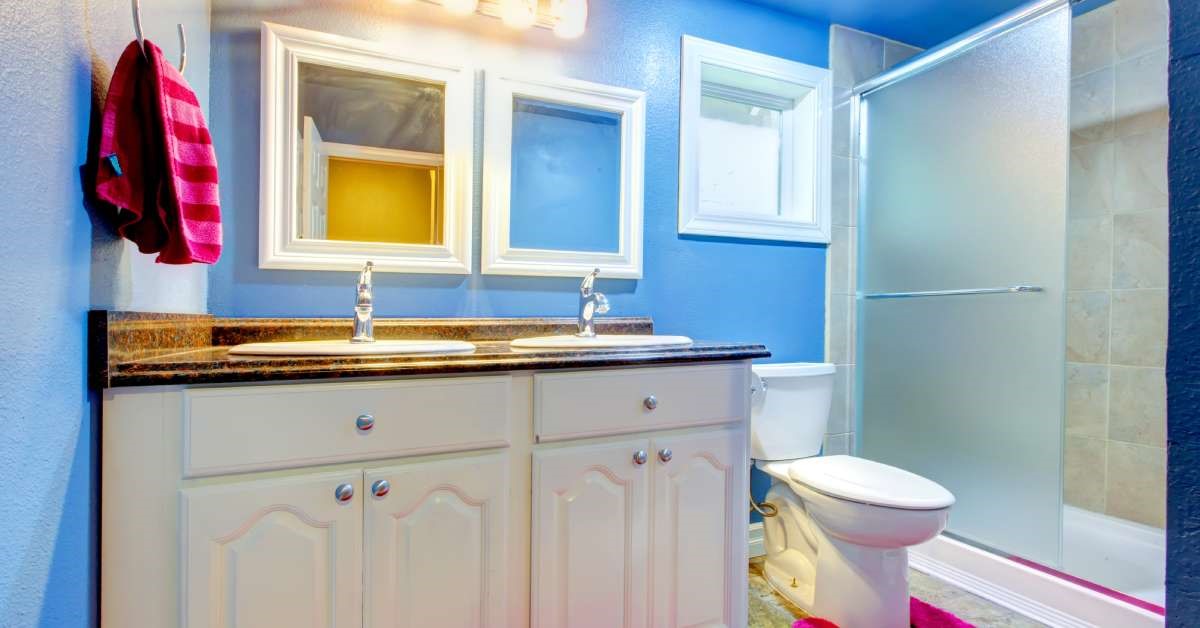
Follow these tips for designing a children’s bathroom and create a space that is safe, functional, and enjoyable for your little ones. At Reece Builders, we have years of experience creating custom bathrooms tailored to the unique needs and preferences of families. Our home renovation company can assist you in designing a bathroom that promotes independence and responsibility while also reflecting your child's interests and personality. Contact us today to learn more about our services and how we can help bring your vision to life!
Subscribe to Reece Builders's Blog


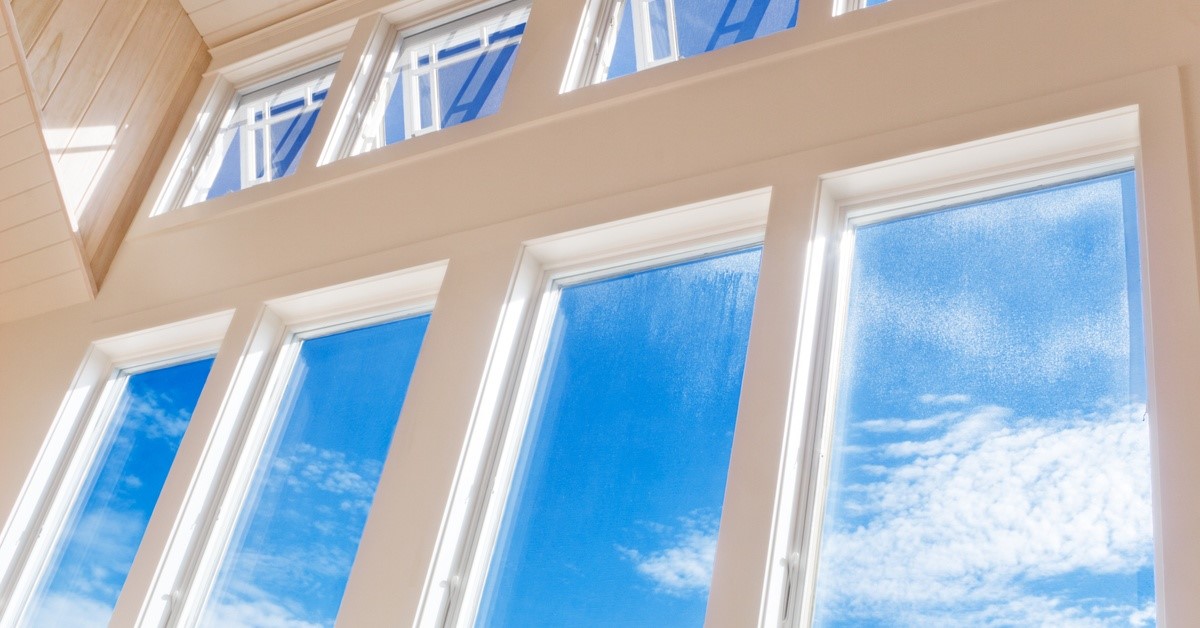
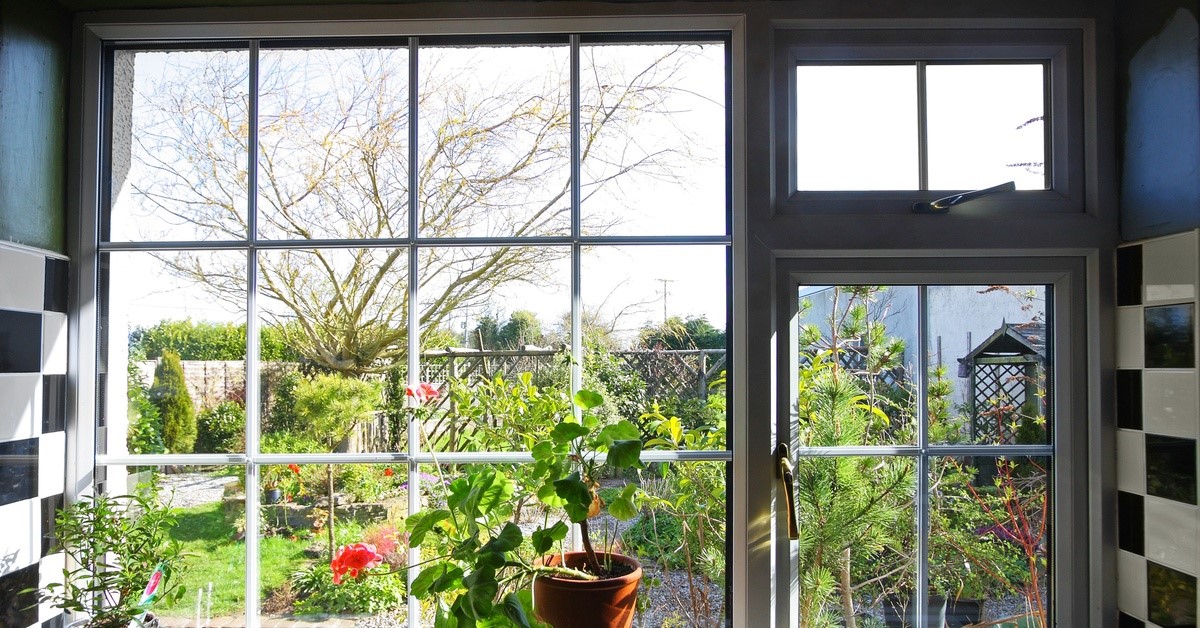
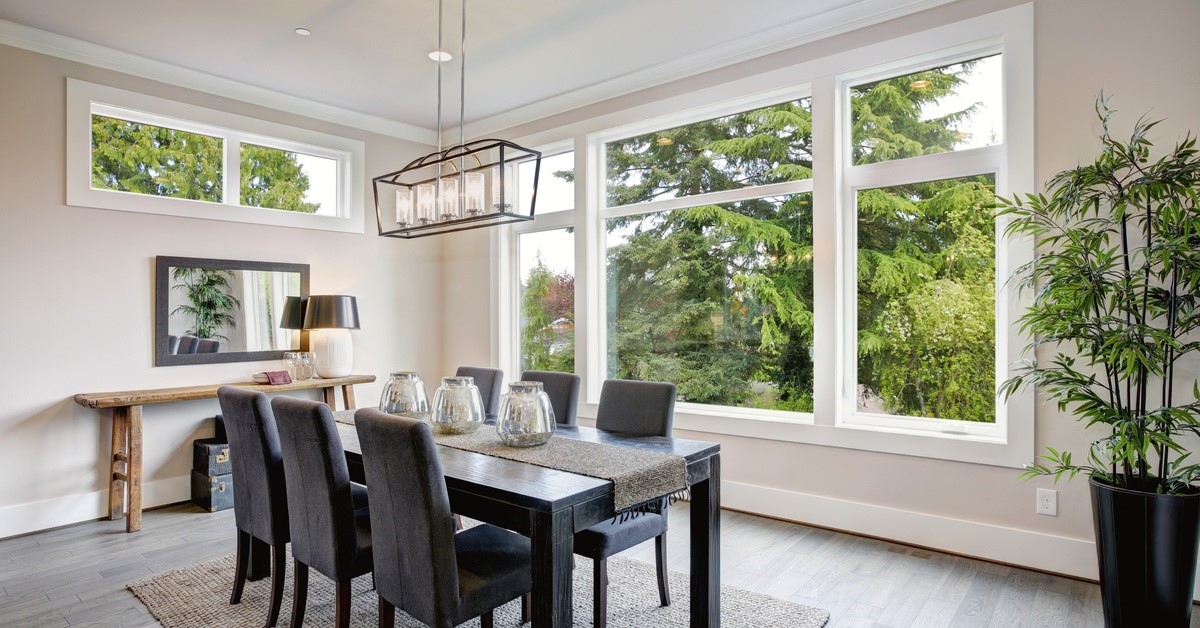
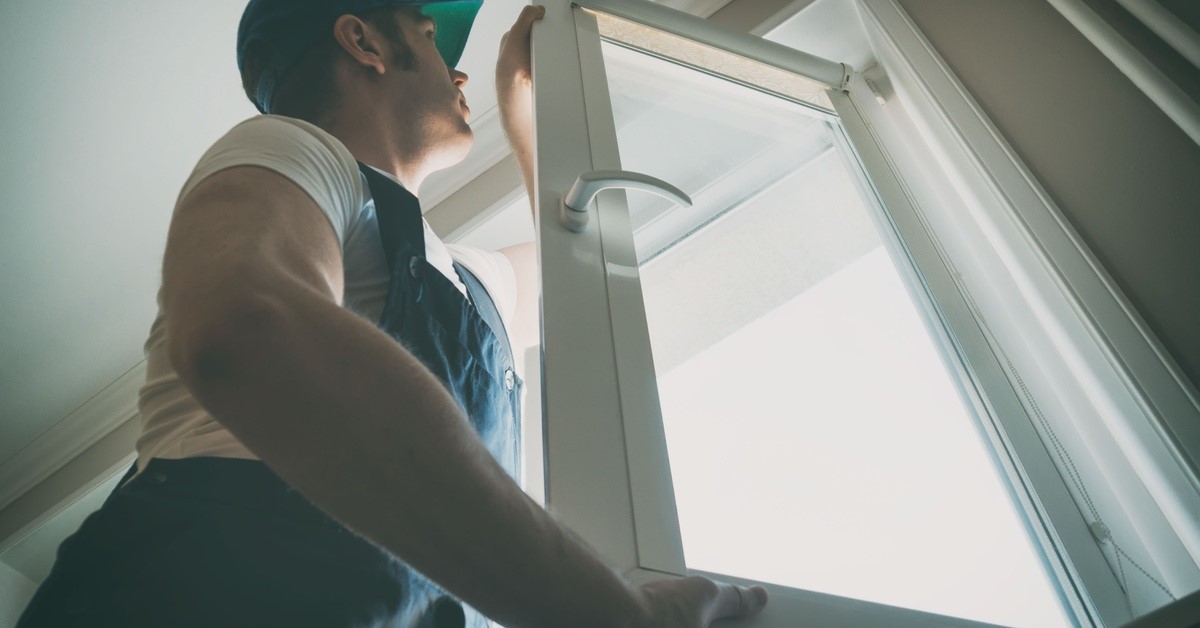
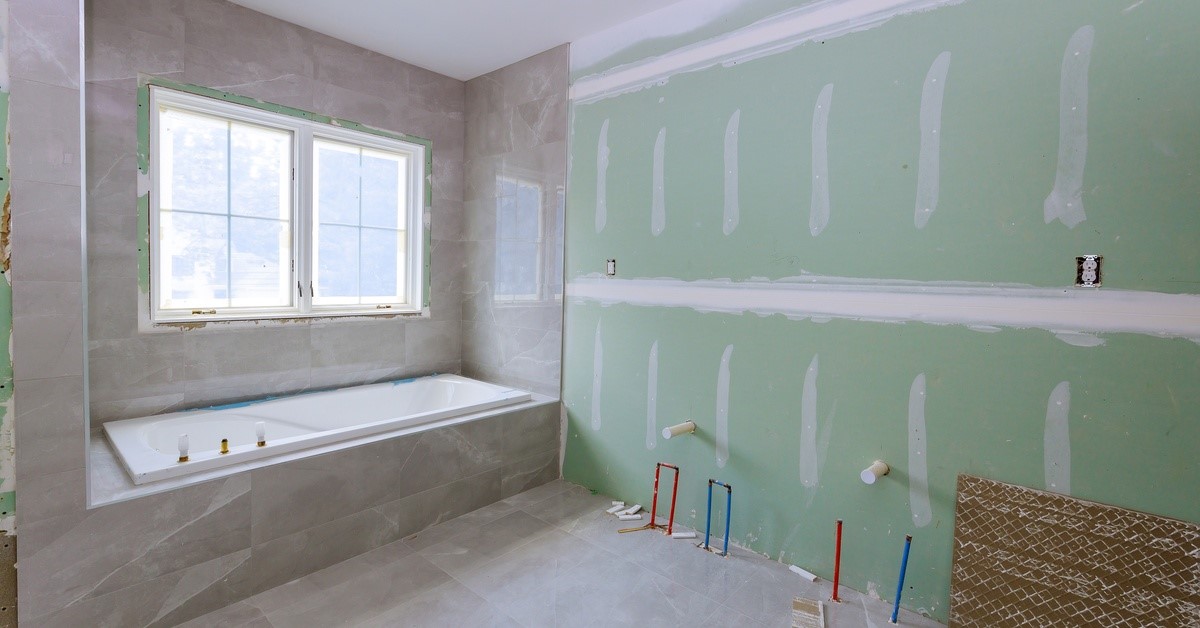
Comments